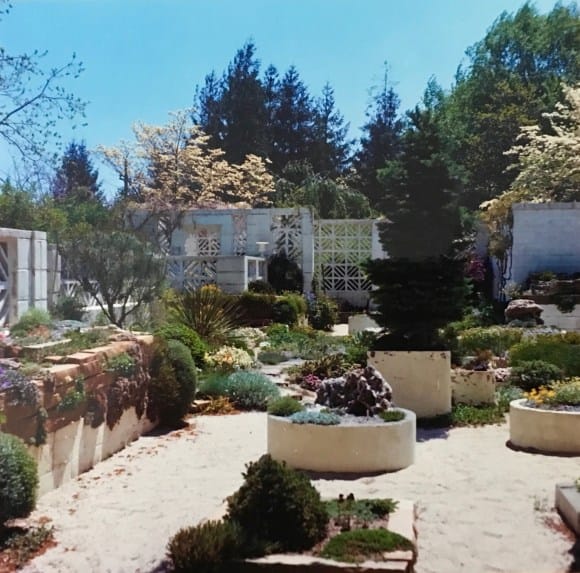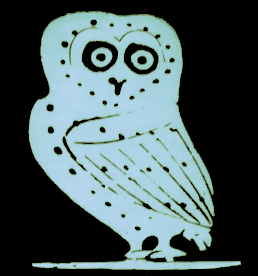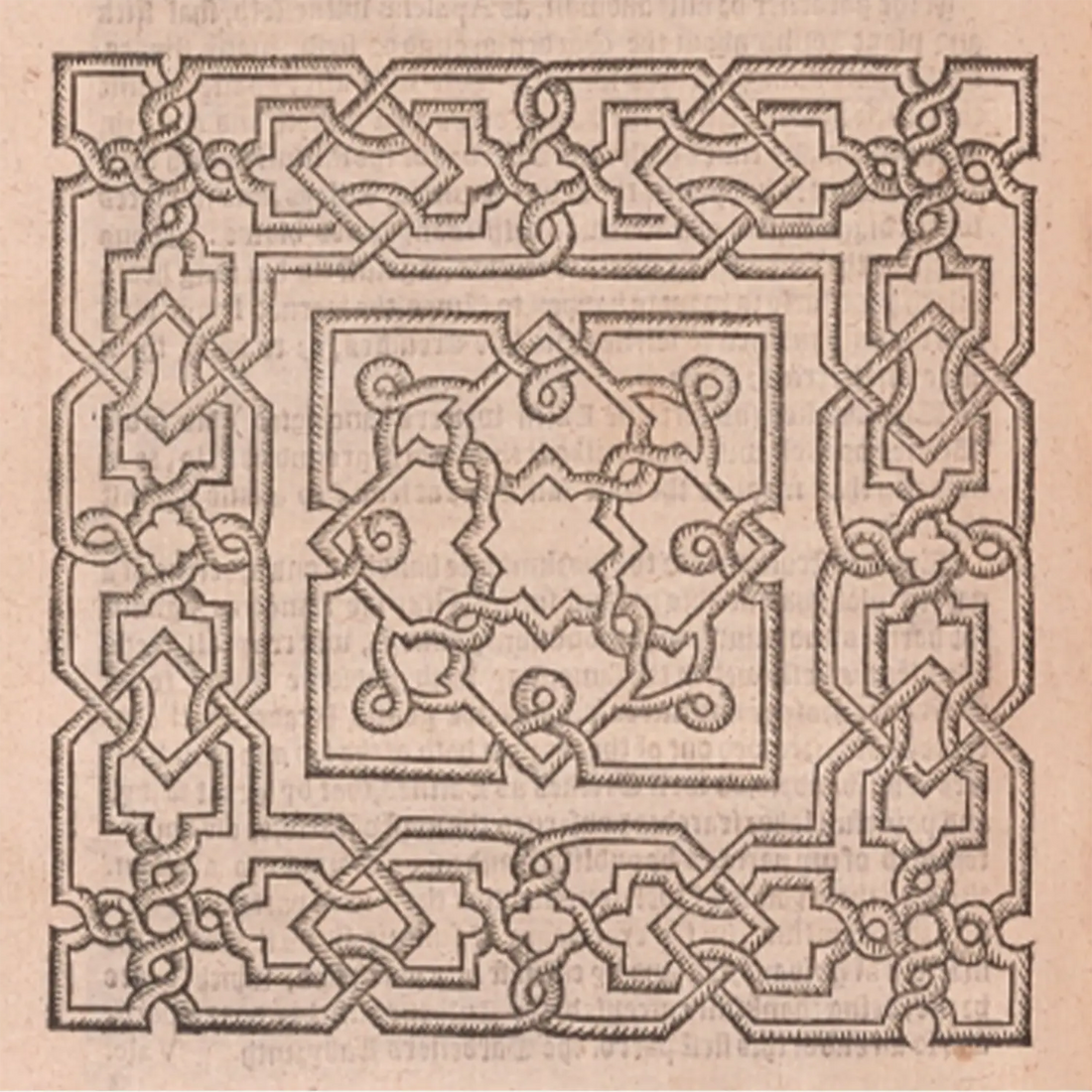
A Garden is Not a Metaphor
A garden is not a metaphor. A garden is actual. It is literal – in all the best senses of that word. It may carry meaning, but most importantly, it makes its own meaning.
Written by Timothy Young for the Journal of the History of Ideas, published there March 19th, 2018 and shared here unchanged under Creative Commons license (cc by-nc-nd 4.0)
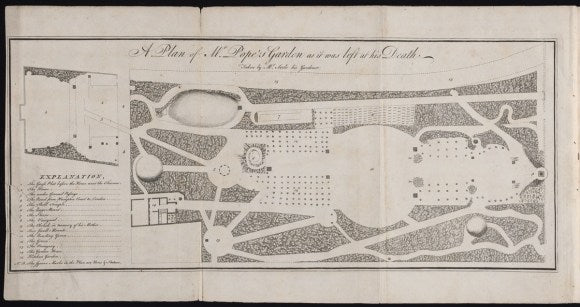 Plate from: A Plan of Mr. Pope’s Garden: as it was left at his death, with a plan and perspective view of the grotto / all taken by J. Serle, his gardener . . . (London, Printed for R. Dodsley, at Tully’s Head in Pall-Mall; and sold by M. Cooper in Pater-noster-Row, 1745). Beinecke Rare Book and Manuscript Library, Yale University.
Plate from: A Plan of Mr. Pope’s Garden: as it was left at his death, with a plan and perspective view of the grotto / all taken by J. Serle, his gardener . . . (London, Printed for R. Dodsley, at Tully’s Head in Pall-Mall; and sold by M. Cooper in Pater-noster-Row, 1745). Beinecke Rare Book and Manuscript Library, Yale University.
Much of the writing about the garden tends to be rhetorical — in an attempt to tie the beauty and harmony found in great landscapes to higher artistic pursuits thus reducing it, however unintentionally, to a level of secondary import rather than accord it its own value. There is, however, ample historical reason to reclaim garden and landscape design as a core pursuit expressive of ideas and aesthetics.
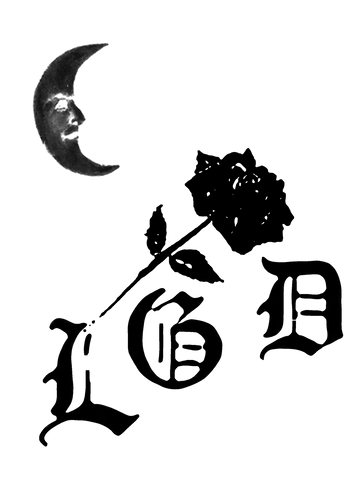 LGD, Dno, 2023
LGD, Dno, 2023The easy positioning of the garden as a Western rhetorical trope likely extends before recorded history but it was placed there most firmly in the early modern era. In the sixteenth and seventeenth centuries, the schism between utilitarian agriculture and the pleasure garden – both public and private – came clearly into in practice. (Useful histories include: Christopher Thacker’s The History of Gardens and John Dixon Hunt’s Greater Perfections: The Practice of Garden Theory.) Francis Bacon’s influential essay “Of Gardens” [1625] jump-started a social trend across Europe for garden-making. Bacon characterized the practice as “. . . the purest of human pleasures . . . without which buildings and palaces are but gross handy-works”.
This bifurcation – the separation of the “useful” from the purely “pleasurable”— arguably biased academic approaches at the time and set scholarship in garden history apart from more strongly supported fields of study. Plant husbandry was not a part of the trivium nor of the quadrivium, nor is it commonly accorded a role as one of the practical arts.


In academic work, gardening is described using the vocabulary of craft – not necessarily a bad thing, but a distinction that brings shadings of lesser importance. More generally, mentions of gardening in the lives of artists, writers, and other noted aesthetic creators are framed largely in terms of the work being avocational, a past-time, a distraction from real, useful work. (For an example, see: “Appreciating Edith Wharton’s Other Career” New York Times, August 29, 2012.)
Edith Wharton’s dual careers were contrapuntal to the reductionist categorization of gardening. It is easy to fall into seeing Wharton’s garden-making as what was done after her main occupation, writing, was accomplished. But for Wharton, the creation of aesthetically well-wrought spaces, both interiors and exteriors, was arguably her life’s goal. We should remember that the first volume of her adult life to bear her name as an author (with Ogden Codman, Jr.) was The Decoration of Houses in 1897 (two years before her formal literary debut, with The Greater Inclination, in 1899.) Might it be too bizarre to suggest an alternate classification of her genius – that the design and cultivation of houses and gardens were her first and longest-lived vocations, while writing was her second career? For Wharton, houses, plants and garden weren’t simply touchstones for her writing; they were the foundations for her work.
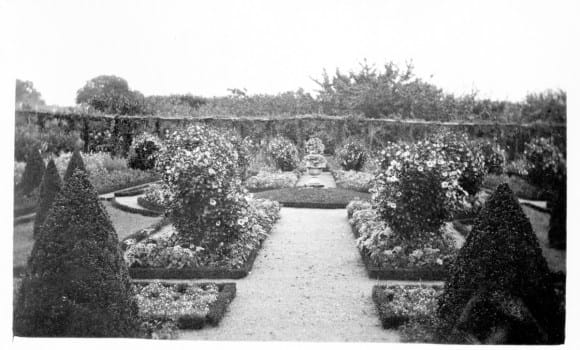
William Carlos Williams had a life-long attachment to plants and their cultivation. A scan of his poetry shows that plants appear with great frequency. True, he was using them for their metaphorical intent, viz: “The shad bush is in the edge / of the clearing. / The yards in a fury / of lilac blossoms are driving me mad with terror.” [from “Light-Hearted Author”] but his work is also observational and testimonial. The shadbush, or serviceberry (genus: Amelanchier) was Williams’ favorite plant, one that he tended to and nurtured at his home in New Jersey for years. It had a place in his life as a continual presence, not simply as a source for inspiration.
Vita Sackville-West, a writer on most lists of gardener greats, pretty much occupies her own category in the genre. Her career resists easy categorization both because her biography overshadows her literary output and due to a refocusing of her energies towards the end of her life. While she was celebrated during her lifetime for her works of poetry, novels and various literary-historical works, the last two decades of her life were mostly spent working in her gardens and publishing writing related to gardens – their cultivation and preservation. Though Sackville-West, in the 1950s and 1960s, persisted in the eyes of many of her admirers as the strong-willed heroine who doubled as Orlando in her one-time lover Virginia Woolf’s classic novel-cum-love-letter, various demands of her later life stripped away much of this daring persona and saw her withdrawing to the one project that remained with her throughout her life. Sackville-West spent much of her adult life tilling, sowing, planting, and nurturing two gardens – Long Barn and then the monumental Sissinghurst- in an effort to find a home and natural space that brought her comfort similar to the estate in which she was raised (and ultimately denied possession because of primogeniture). Her work with gardens can be read similar to Wharton’s – as her principal biographical arc, the prime accomplishment of her life. Poetry and novels were her hobbies.
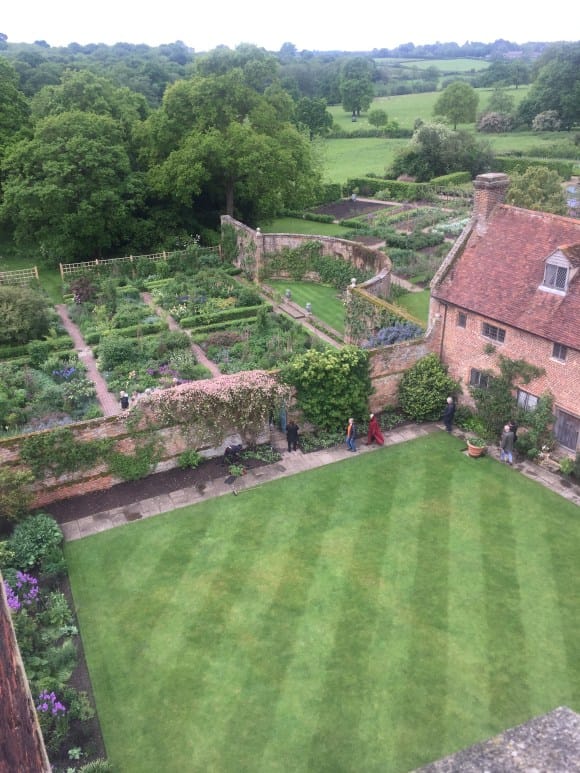
But while these cases may have enough pre-existing academic interest to be argued seriously, other writers whose reputations today are based almost solely on their garden writings – Beverley Nichols, Robert Gathorne-Hardy, Gertrude Jekyll –require much deeper resuscitation for their work to be taken seriously on their own terms. (If you haven’t yet read Beverley Nichols – and you’ve had more gardening disasters than you care to admit – prepare to be won over.) I would suggest that the overall disregard for these authors in literary circles reflects the same academic dismissal of gardening that leads to its secondary import in discussions of Williams, Wharton, Sackville-West, and others.
In terms of the actual garden space, the language around gardening readily slips into rhetoric because of a much older literary antecedent. Hovering above any discussion of plant husbandry is the view that every garden is attempt to create a version of Paradise – the perfected place that is the landing spot for worthy souls, forever and ever. No more labor; no weeding; no mulching . . . But any gardener, from the simple window-ledger to the committed root-and-baller, will tell you that gardening is not actually about attaining perfection. Even as you think you’re getting close to making something that’s just right, blossoms fade and fall. The garden as a creative project cannot be accomplished – and sustained – to the level of a book or an artwork – things in fixed forms that can be kept for hundreds of years. The art of garden-making suffers from a deficit of organic survival.
Perhaps, then, we should consider a reversal to my original assertion. Gardens, given their temporality and changeability, are bound to rhetoric. Their substance can only be described for posterity through photographs or illustrations(feeble substitutes) and language. (“You should have seen the Martagon lilies that finally opened last week . . .”) Works made out of organic material – works that have a life-span beyond our control, must be experienced in their own time frame. Communicating the aesthetic sense of a garden to those who weren’t present at the time of its flourishing demands language – a less organically bound medium that can refer and compare in ways that attempt to give a feeling of what something was like.
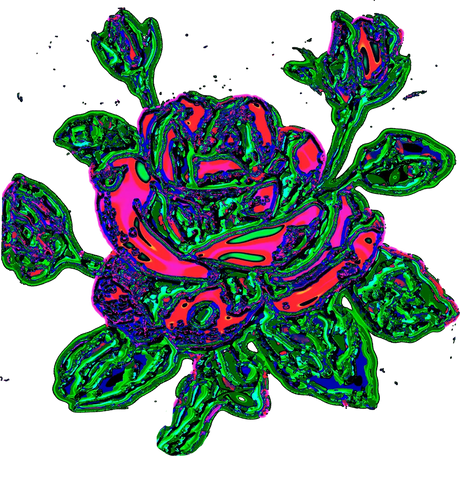 Dno, 2023
Dno, 2023
A garden is not a metaphor, but it is served by metaphoric language. Because its essence cannot be carried forward easily, it must be transformed and imperfectly fixed through the act of referral. But we can rectify how we see the art of gardening in the field of intellectual history by according a greater value to the craft it demands and the language it evokes .
The garden is not just a place for selected cutting. It lives on its own independent means and purposes. The language that hovers over it has its own grammar, expressive vocabulary, and forms of argument, even while it is abstracted and sharpened in an attempt to record the essence and our reactions to it.
